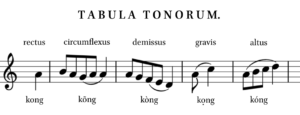Quantitative evaluation approach for translation of perceptual soundscape attributes: Initial application to the Thai Language
Translation of perceptual soundscape attributes from one language to another remains a challenging task that requires a high degree of fidelity in both psychoacoustic and psycholinguistic senses across the target population. Due to the inherently subjective nature of human perception, translating soundscape attributes using only small focus group discussions or expert panels could lead

